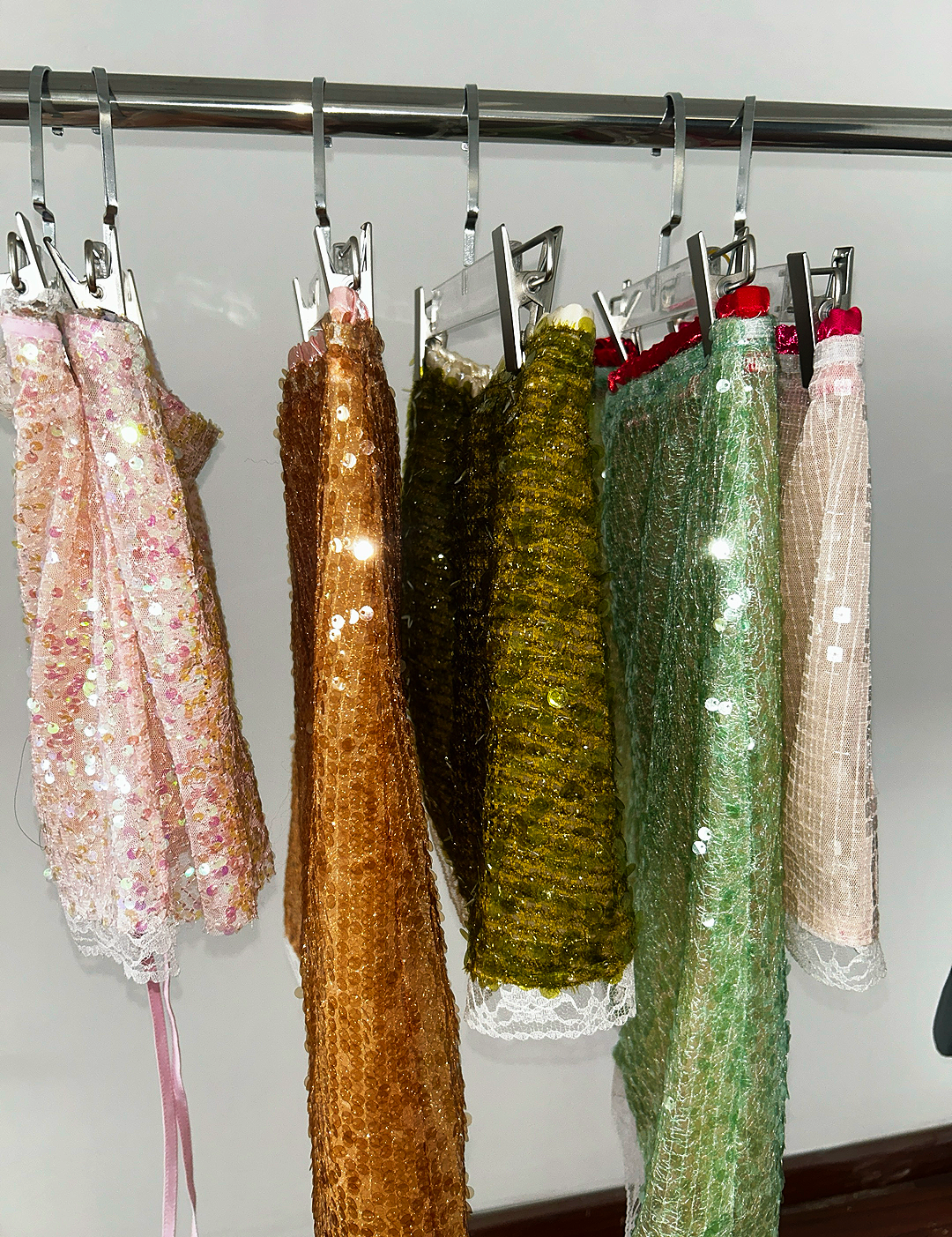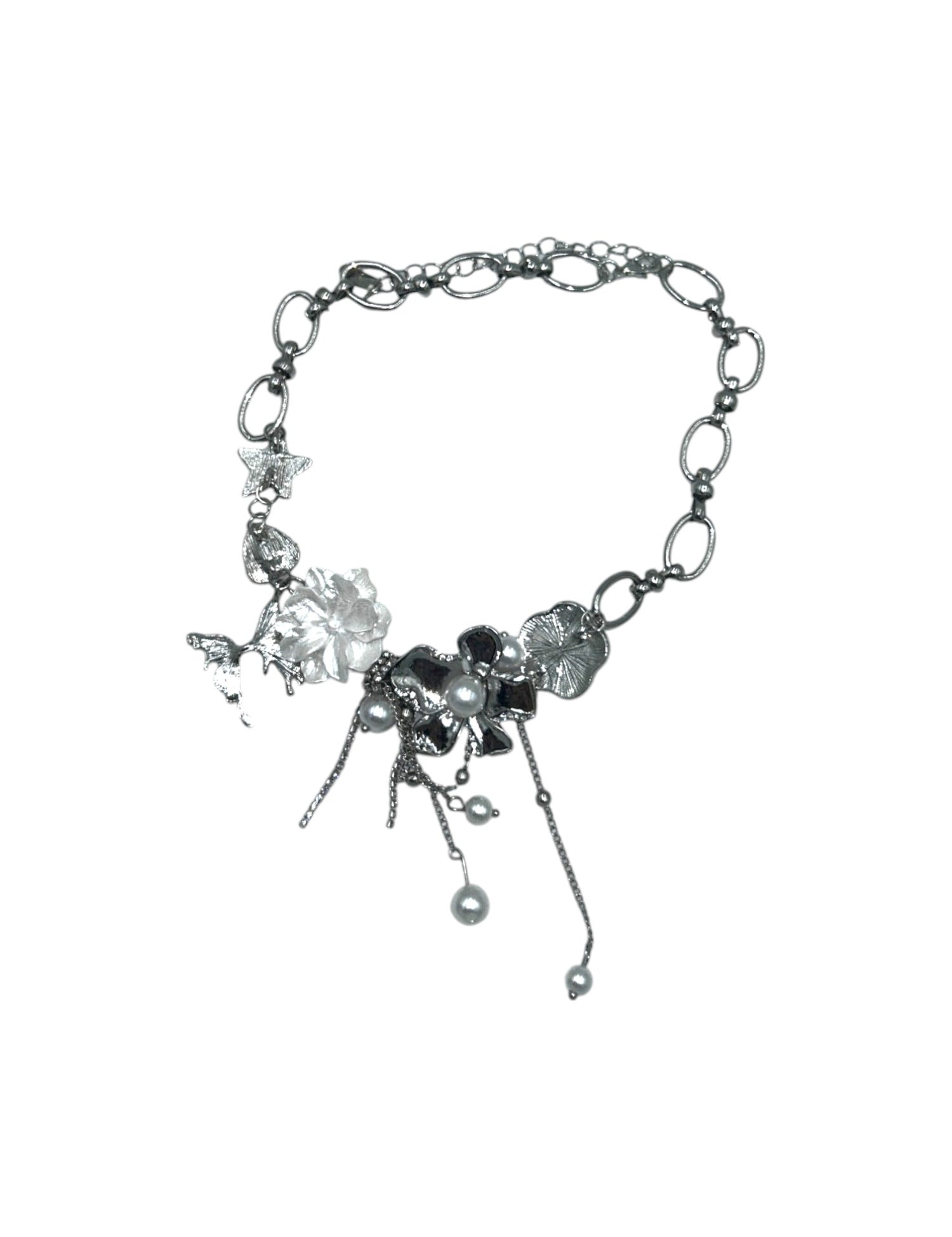Leather has been a staple material for centuries, valued for its durability, texture, and versatility. However, with growing awareness of sustainability and ethical concerns, alternative leathers like vegetable-tanned and vegan options are gaining prominence. Let’s explore the characteristics, benefits, and differences between these types of leather.
What is Real Leather?
Real leather is derived from animal hides, most commonly cowhide. It undergoes a tanning process to preserve and enhance its properties. Known for its durability and timeless appeal, real leather is a popular choice for fashion, furniture, and accessories.
Benefits of Real Leather
- Durability: With proper care, real leather can last for decades.
- Aesthetic Appeal: Its natural texture and patina improve with age.
- Breathability: Real leather adapts to temperature, offering comfort in various climates.
- Versatility: Suitable for a wide range of applications, from shoes to upholstery.
What is Vegetable-Tanned Leather?
Vegetable-tanned leather is a subtype of real leather tanned using natural substances from tree bark, leaves, and roots. This traditional method is eco-friendlier compared to chemical tanning, creating leather with a unique, earthy finish.
Benefits of Vegetable-Tanned Leather
- Eco-Friendly: Avoids harmful chemicals like chromium, reducing environmental impact.
- Unique Patina: Develops a rich, distinct patina over time.
- Biodegradability: Breaks down more easily compared to chemically tanned leather.
- Craftsmanship Appeal: Often used in artisanal goods due to its natural aesthetics.
What is Vegan Leather?
Vegan leather is a synthetic alternative to traditional leather, made without animal products. It can be derived from materials like polyurethane (PU), polyvinyl chloride (PVC), or innovative options like pineapple fibers and mushroom mycelium.
Benefits of Vegan Leather
- Cruelty-Free: No animals are harmed in the production process.
- Variety: Available in a wide range of textures, colors, and finishes.
- Affordable: Often more budget-friendly than genuine leather.
- Innovative Options: Eco-conscious brands are creating biodegradable and plant-based vegan leathers.
Key Differences Between Real, Vegetable-Tanned, and Vegan Leather
| Feature | Real Leather | Vegetable-Tanned Leather | Vegan Leather |
| Source | Animal hides | Animal hides | Synthetic/Plant-based |
| Durability | High | High | Varies |
| Eco-Friendliness | Moderate | High | Varies |
| Cost | High | Higher | Affordable |
| Patina | Yes | Yes | No |
Choosing the Right Leather for You
- For Longevity: Opt for real or vegetable-tanned leather.
- For Sustainability: Consider vegetable-tanned or plant-based vegan leather.
- For Budget and Ethics: Vegan leather provides affordable and cruelty-free options.
Shop Layla Trapezium Leather BagShop Aria East West Leather Bag
Conclusion
Understanding the differences between real leather, vegetable-tanned leather, and vegan leather helps you make informed choices based on your values, needs, and budget. Whether you’re drawn to the timeless elegance of real leather, the eco-conscious appeal of vegetable-tanned options, or the innovation of vegan alternatives, each type offers unique benefits for modern consumers.
🛍️ Shop the Collection Now
Visit Arrisco to explore and shop. Want a closer look? Follow us on Instagram @shoparrisco for exclusive behind-the-scenes peeks, styling tips, and more!



































